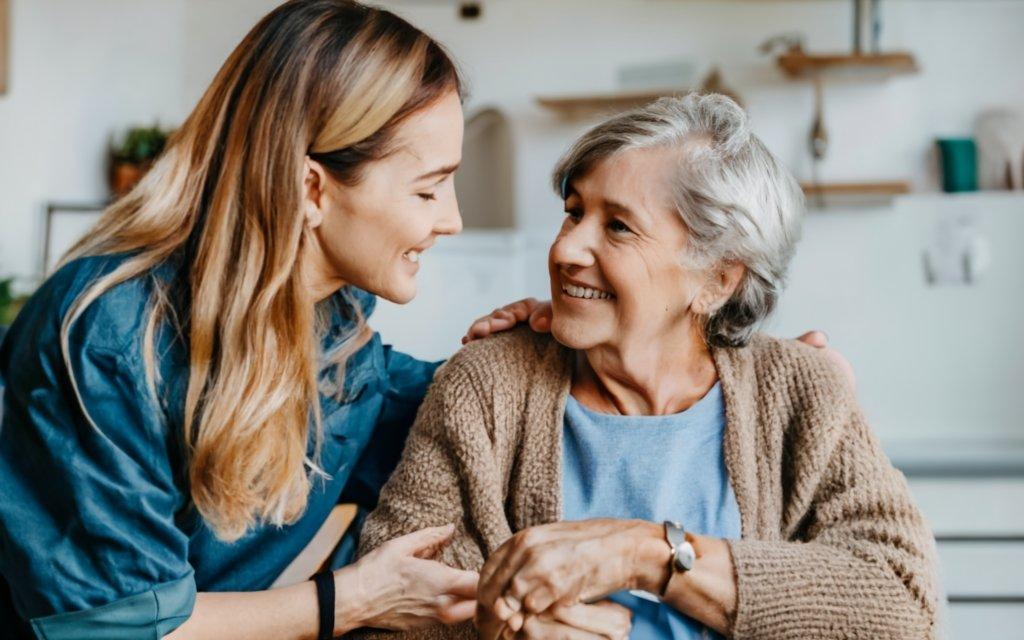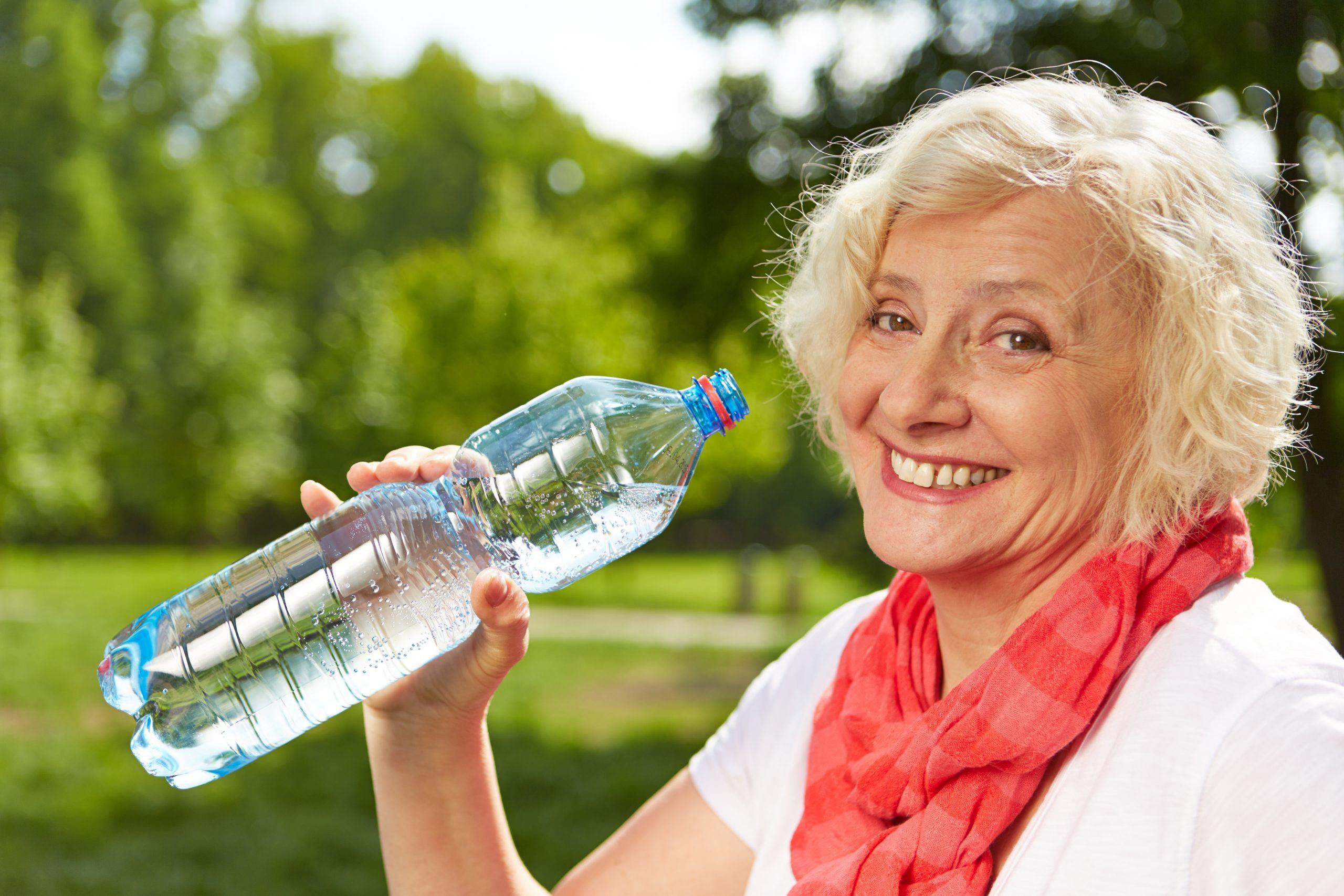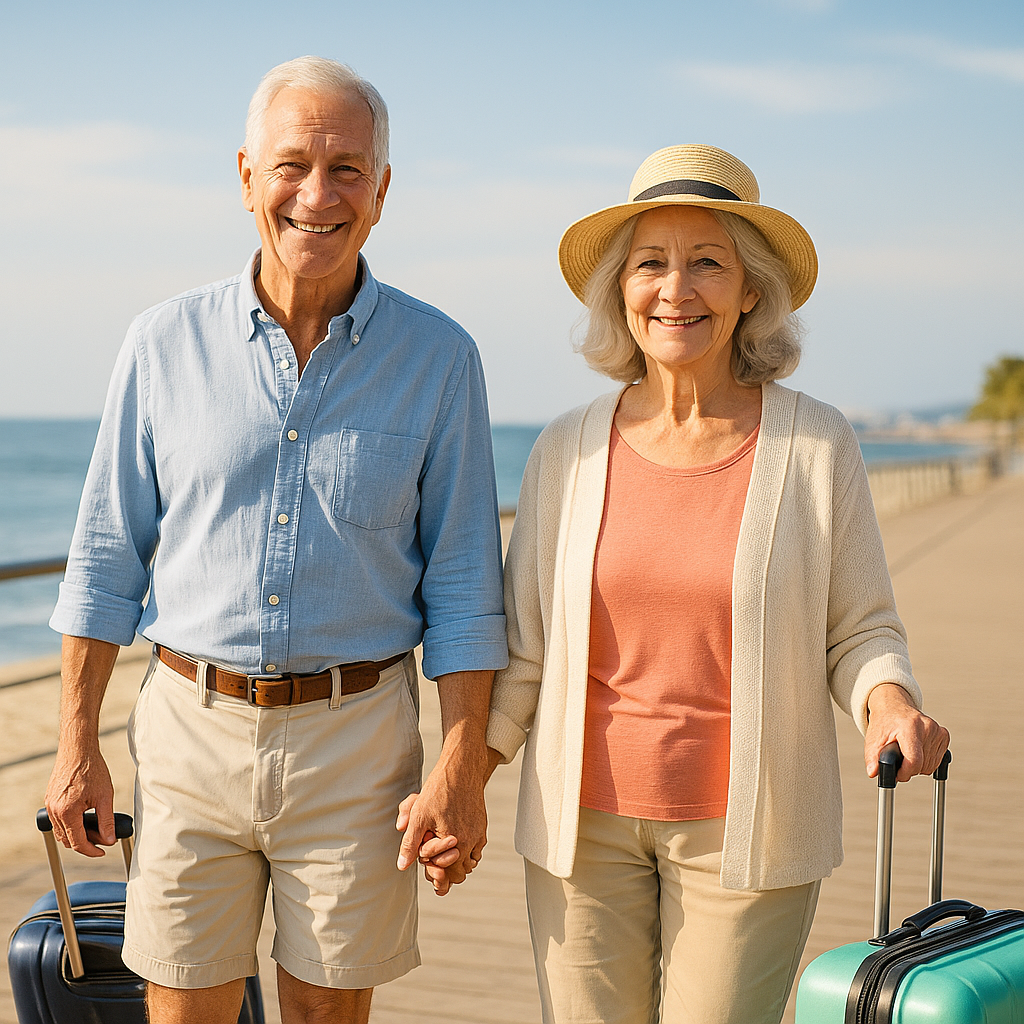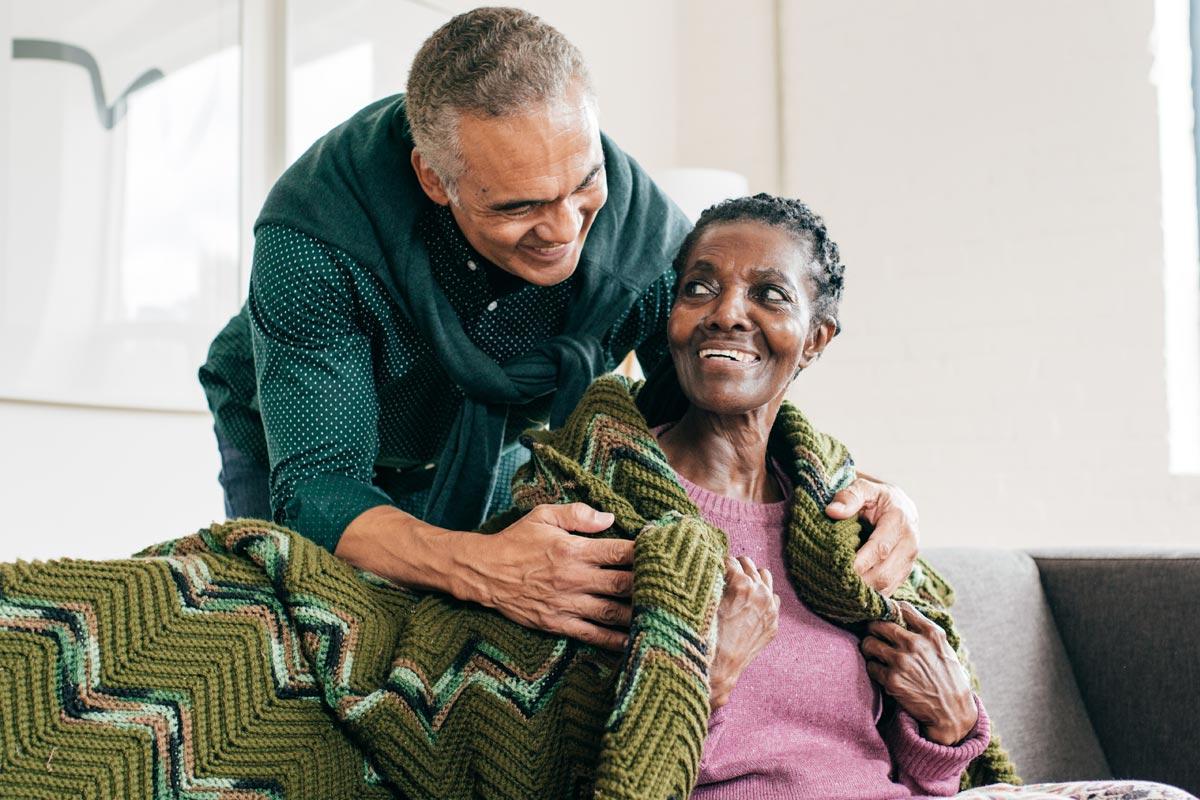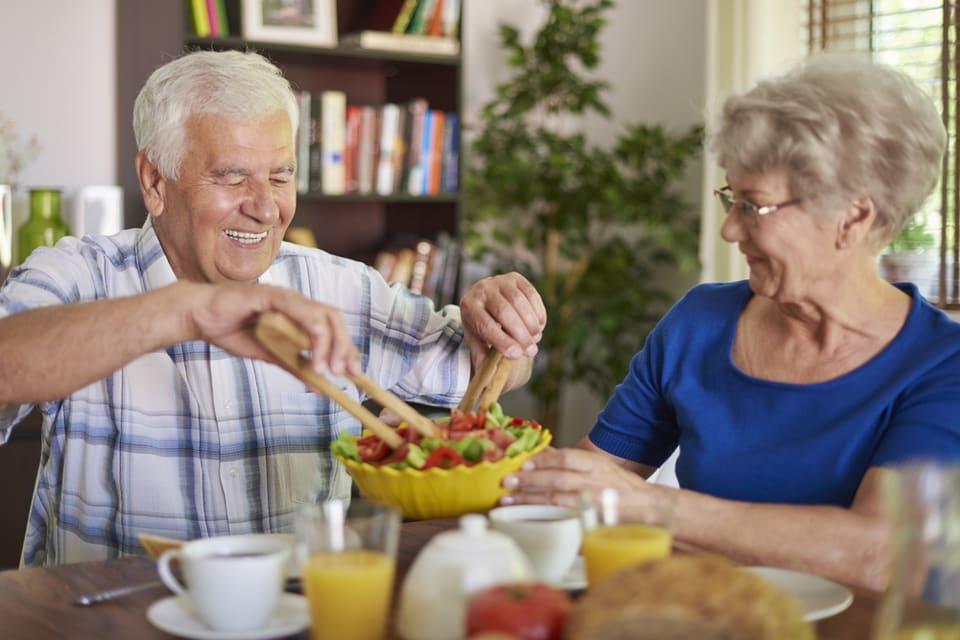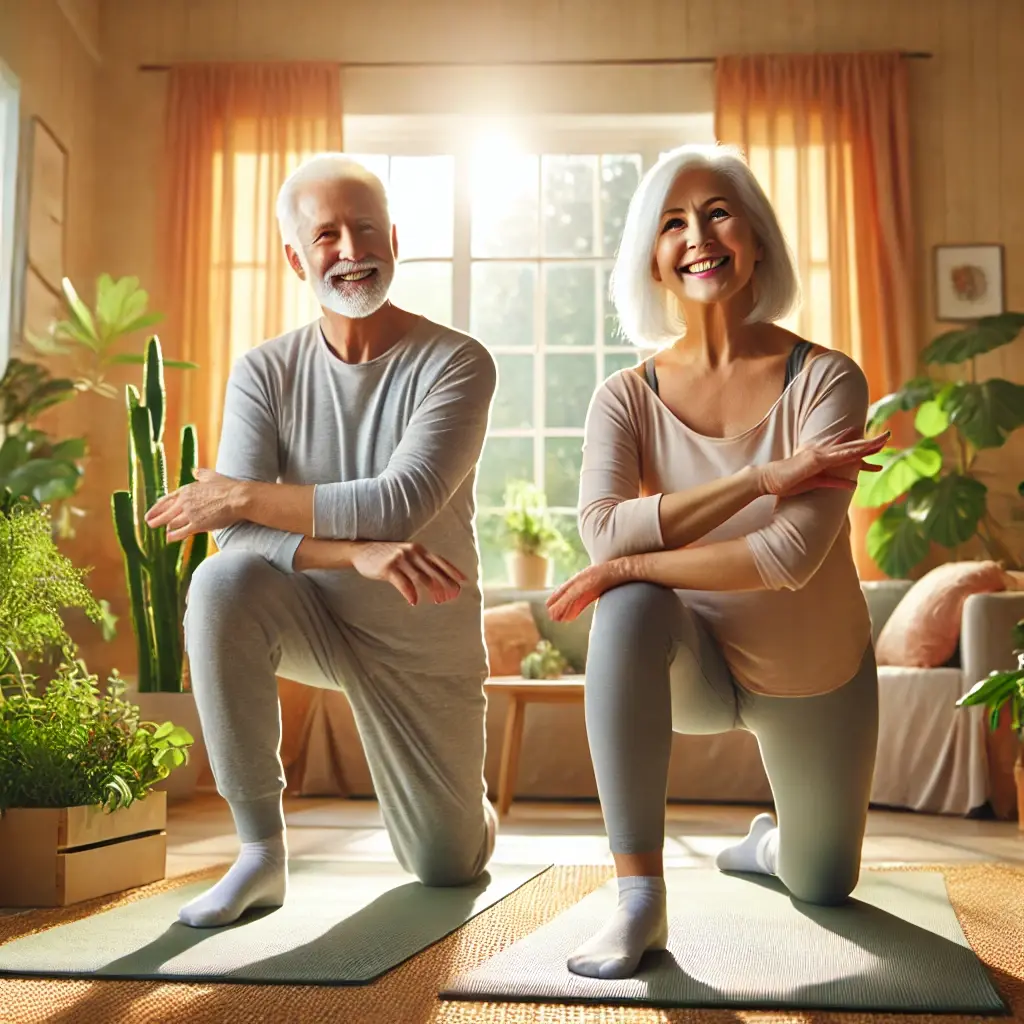As our loved ones age, ensuring their safety becomes one of our most pressing concerns. One of the greatest threats to the health and well-being of older adults is falling. A fall can lead to severe injuries, from broken bones to head trauma, and for many seniors, it can also mark the beginning of a downward spiral in their overall health. However, falls are preventable, and home care services can play a crucial role in ensuring the safety and independence of your elderly loved ones.
Why Fall Prevention is So Critical
Falls are one of the leading causes of injury and death among the elderly. In fact, the Centers for Disease Control and Prevention (CDC) reports that approximately 36 million older adults experience falls each year in the United States alone. Of these falls, one in five results in a serious injury, such as a hip fracture or traumatic brain injury. Beyond the immediate physical harm, falls can have a lasting impact on the confidence and independence of older adults. Many who fall, even if they are not seriously injured, develop a fear of falling, which can lead to decreased activity levels, loss of independence, and a lower quality of life.
The Major Risk Factors for Falls in Seniors
Understanding the risks that contribute to falls is the first step in prevention. There are numerous factors that increase the likelihood of falls in older adults, many of which can be addressed through home care and other interventions. Below are some of the most common risk factors:
1. Physical Decline
As people age, they naturally lose muscle mass, flexibility, and balance, making them more prone to falls. Reduced strength in the legs, arms, and core can make simple tasks like standing up from a chair or walking across the room more difficult and dangerous.
2. Chronic Medical Conditions
Chronic health problems such as arthritis, Parkinson’s disease, diabetes, and heart disease can significantly impair a person’s mobility, balance, and coordination. For instance, diabetes can cause neuropathy, which leads to a loss of sensation in the feet, increasing the risk of tripping or stumbling.
3. Vision and Hearing Impairments
Aging often comes with a decline in sensory abilities. Poor vision makes it harder to spot hazards such as uneven flooring or obstacles, while diminished hearing can limit a person’s awareness of their surroundings, making it harder to avoid potential dangers.
4. Medications
Many older adults take multiple medications, and some of these drugs can have side effects such as dizziness, drowsiness, or low blood pressure, which increase the risk of falls. Medications like sedatives, antidepressants, and blood pressure medications are particularly likely to cause side effects that could lead to balance issues.
5. Environmental Hazards
The home environment is often fraught with fall risks that can easily be overlooked. These include slippery floors, loose rugs, poor lighting, and a lack of handrails or grab bars. A cluttered home or poorly designed living space can greatly increase the risk of accidents.
6. Lack of Physical Activity
Many elderly individuals become more sedentary over time, which exacerbates the physical decline that comes with aging. Regular physical activity is essential for maintaining balance, flexibility, and muscle strength, all of which are necessary for fall prevention.
The Role of Home Care in Fall Prevention
While many of these risk factors seem daunting, there are numerous ways to reduce the chances of a fall. One of the most effective solutions is utilizing home care services, where trained professionals can help your loved ones navigate daily life safely and prevent falls. Here’s how home care can make a meaningful difference:
1. Comprehensive Safety Assessments
A key component of home care services is the ability to conduct thorough safety assessments. A caregiver can assess the home for potential fall risks, such as cluttered walkways, slippery surfaces, or inadequate lighting. Once hazards are identified, the caregiver can recommend changes or modifications, such as securing loose rugs, installing grab bars in bathrooms, improving lighting, or reorganizing furniture to create clear walking paths.
For example, bathrooms are one of the most common areas where falls occur due to slippery surfaces and limited mobility. Home care professionals often recommend installing non-slip mats, adding grab bars near the toilet and shower, and ensuring that the bathroom is well-lit to reduce fall risk. They may also suggest raising the toilet seat or using a shower chair to further minimize risk.
2. Assistance with Mobility
One of the primary roles of a home care aide is to assist with mobility. Whether it’s helping your loved one get out of bed in the morning, supporting them as they walk, or providing assistance when sitting or standing, having someone nearby to lend a hand can significantly reduce the risk of falling.
In cases where a senior has difficulty walking or uses a cane or walker, a caregiver can ensure they are using their assistive devices properly and provide physical support to prevent trips or stumbles. Additionally, caregivers can encourage and facilitate physical therapy exercises that are designed to improve strength and balance, both of which are essential for fall prevention.
3. Monitoring and Supervision
Many falls occur when seniors are left unsupervised. A professional caregiver offers a watchful eye, ensuring that your loved one isn’t at risk when moving around the home. Having someone nearby provides peace of mind for both the elderly person and their family, knowing that help is always available.
For seniors who have cognitive impairments such as dementia or Alzheimer’s, the risk of falls is even greater due to confusion and poor judgment. A home care aide can provide the supervision needed to prevent accidents, guiding your loved one safely through their daily routines and helping them avoid dangerous situations.
4. Medication Management
Many older adults take a variety of medications that can contribute to falls, either due to side effects like dizziness or because they are not taken correctly. A home care aide can help by organizing and managing medications, ensuring that your loved one takes the correct doses at the right times. This not only helps prevent the side effects that can lead to falls but also keeps your loved one’s overall health more stable.
If a caregiver notices that a medication seems to be causing balance problems or other side effects, they can alert family members or healthcare providers, who can then adjust the treatment plan as needed.
5. Support with Daily Activities
Even simple daily tasks, such as bathing, dressing, or preparing meals, can pose a fall risk for seniors. A home care aide can assist with these activities, reducing the risk of accidents in the process. For example, a caregiver can help your loved one safely in and out of the bathtub or shower, ensuring they don’t slip on wet surfaces. They can also assist with dressing, especially when bending over or reaching becomes difficult or dangerous.
By supporting these daily activities, home care aides allow seniors to maintain their independence and dignity while reducing the risks associated with daily movement.
6. Exercise and Physical Therapy
Regular exercise is one of the best ways to prevent falls by improving balance, strength, and flexibility. A home care aide can encourage and assist your loved one with physical activities designed to maintain their physical health. These exercises might include gentle stretching, balance training, or light resistance exercises, all of which can be done safely with the help of a caregiver.
In some cases, home care agencies may work with physical or occupational therapists who can provide specialized programs aimed at improving mobility and reducing fall risks. Home care aides can then help your loved one continue their therapy exercises as part of their daily routine.
Practical Fall Prevention Tips for Family Caregivers
While professional home care services are incredibly valuable in preventing falls, there are additional steps that family members can take to ensure the safety of their loved ones:
Keep Walkways Clear: Remove any clutter, cords, or furniture that might obstruct walkways. Clear paths allow seniors to move safely from room to room without tripping over obstacles.
Use Non-Slip Mats: Place non-slip mats in areas that are likely to get wet, such as bathrooms and kitchens. These mats provide extra traction and reduce the likelihood of slipping on wet surfaces.
Install Grab Bars and Handrails: In areas like staircases and bathrooms, grab bars and handrails provide essential support. Make sure they are securely installed and easy to reach.
Improve Lighting: Ensure that all areas of the home are well-lit, especially hallways, staircases, and entryways. Nightlights can also be helpful in reducing fall risks when navigating the home in the dark.
Encourage Proper Footwear: Ensure that your loved one wears sturdy, non-slip footwear inside and outside the home. Avoid loose slippers or shoes with smooth soles, which can increase the risk of slipping.
Promote Regular Physical Activity: Encourage your loved one to stay active with exercises that focus on balance, strength, and coordination. Walking, yoga, and tai chi are great low-impact options for seniors.
Conclusion
Falls don’t have to be an inevitable part of aging. With the right precautions and the support of professional home care services, you can help keep your elderly loved ones safe, healthy, and independent. At GoodCare Home Health Services, we’re committed to providing high-quality care that prioritizes the safety and well-being of seniors. Our experienced caregivers are trained to prevent falls and create a safe, supportive environment that allows your loved one to thrive.
If you’re concerned about your loved one’s safety, contact GoodCare Home Health Services today. Let us help you create a customized care plan that addresses their specific needs and ensures they can continue living comfortably and securely at home.


